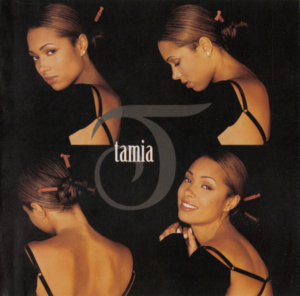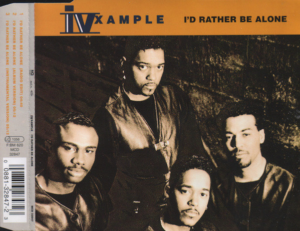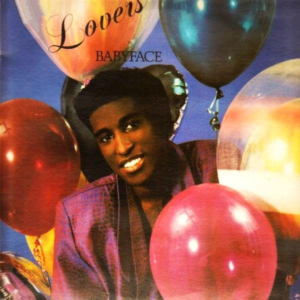The legendary Gerald Levert was on top of his game in the fall of 1994 when his second album, Groove On, hit stores. His 1991 debut Private Line saw platinum success, and two years later, his sixth album For Real Tho’ with the group LeVert went gold. Not to mention Gerald was also an in-demand producer and writer.
After turning down a chance to work with David Foster to record an R&B cover version of John Michael Montgomery’s “I Swear,” which would become a massive hit for All-4-One, Gerald refused to make that mistake again.
For Groove On‘s first single, Levert teamed with Foster, who gave the baritone singer an R&B version of the 1993 song “She’d Give Anything” by short-lived country music group Boy Howdy. Foster and Levert changed the title to “I’d Give Anything.” Levert flawlessly expresses the deep desire for all-consuming, fulfilling love.
In his voice, you generally believe he is searching for someone to turn his life around and make him feel the way he used to. However, he’s yet to find that person. He’s grown tired of the endless parade of lovers and wants something more meaningful.
I still remember the music video watching Gerald reflect on his loneliness, questioning if he’ll ever find the one he’s been searching for. He emphasizes his determination to keep searching and not settle for anything less than true love at its highest level. The lyrics reveal the speaker’s willingness to do anything and everything to fall in love, even if that means waiting and making wishes.
“I’d Give Anything” conveys a sense of longing for a soulmate who completes the speaker and fills the emptiness in his life. Ultimately, the song suggests that love is the ultimate goal. It also offers that finding true love is worth waiting for and fighting for, no matter what it takes.
The second single was “How Many Times,” reflecting his experience with unrequited love. The video, directed by Jada Pinkett Smith, is a stark reminder of domestic violence and its devastating effects. The opening monologue of “Answering Service” provides powerful insight into emotions and relationships. The song “Have Mercy” showcases Gerard’s ability to convey a range of emotions through his unique singing style.
Sans the lead single and “It’s Your Turn,” Gerald wrote and produced every song on the album with frequent collaborator Harold Nichols. The up-tempo numbers haven’t aged as well, but the ballads and slow jams filling the album are more substantial than some hit singles today.
It’s still quite difficult to believe we lost Mr. LeVert almost two decades ago. Nevertheless, the music lives on, and his sophomore album is a fine slice of mature nineties R&B.
Final Grade: B+
Groove On is available on all streaming platforms.






